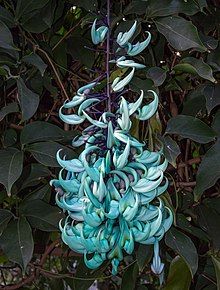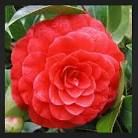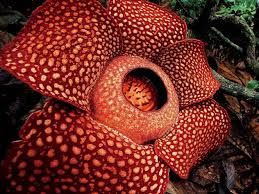Floriculture
Jun 23, 2019 • 8 views
Cultivation of flowers is the discipline of horticulture. The major concern of floriculture is the development of new varieties via plant breeding. The flower farming includes all types of flowering plants, cut cultivated flowers, houseplants and so on. Flowers make the surrounding colourful and aesthetic. Florist industry plays a major role in the floriculture. Nature is a precious one to be protected and nurtured. Flowers play a vital role in maintaining nature.

Benefits To Nature
Floriculture not only beneficiary to nature but also beneficial to the growth and of our country in an economic and aesthetical way. Some flowering plants hold medicinal value to cure diseases. They are beneficial in the pharmaceutical sector. In general, flower farming is one of the emerging major ventures in India. Many flower industries cultivate flowers for domestic purpose as well as for the export market.
Areas Of Flower Cultivation In India

India nearly exported 20703.46 Million tonnes of flowers to the world Rs. 507.31 crores/78.73 USD millions in the last year (2017-18). Commercial floriculture is still in development in India. Mostly all states in India support Open flower cultivation. Protected flower cultivation is in the developing stage. Most of the Indian flowers are imported to places like the UK, Germany, the United States and the United Arab Emirates.
Rare And Endangered Flowers
Flowers express love and affection which is not always romantic. Finding the rare flower is finding a gem. Some gems we have missed to see are listed below:
Yellow and Purple Lady Slippers - Cypripedium calceolus

This flower is called Cypripedium calceolus. The name “Cypripedium calceolus” referred to as Shoes of Venus. This has a stack of pollens at the end of the stamen. This belongs to the orchid family. They are heavily guarded with police protection in British. They are popularly called as yellow and purple lady’s slipper because of its footwear shape. This beauty is in extinction mainly due to habitat destruction and overgrazing of sheep. This flower is quite often seen in Europe, Asia and North America. The edges of this flower are slippery due to which the insects are trapped easily.
Emerald Vine – Strongylodon macrobotrys

They are also known as Jade Vine or turquoise jade Vine. They normally grow in damp forests beside streams. Native to the tropical forests of Philippines. The hanging collection of flowers is up to 0.9m long. The bats are attracted by the luminous characteristics of these flowers. Jade vine cultivation area is under threat from degradation. Pollination of these flowers is by bats.
Middlemist Red – Middlemist camellia

Camellia belongs to the Theaceae family or the tea family. There are nearly 28 types of camellia, and the genus consists of 300 species, 3,000 cultivars and hybrids. They grow from the Himalayan east to Japan and Indonesia. They represent young sons and daughters. In Japan, it is called as “Tsubaki”. They denote the arrival of spring. They took a maximum period from November to April to bloom. This flower symbolizes passion, perfection, and desire. Mostly found in the UK and New Zealand.
Welwitschia mirabilis

This flower is the national flower of Namibia since it symbolizes the fighter for survival, nation’s fortitude and tenacity. This is a unique desert plant which has two leaves that grows the whole life of the plant. They are of short but very strong and without branches. Usually, they grow for 300 to 500 years. The maximum period is over 2,000 years. This sometimes called, “living fossil” since they live for a long time. They are prone to fungal diseases. Sphinx moth is the only pollinator of this. They are in the shape of a belt.
Rafflesia Flower

Rafflesia is the official flower of Sabah, Malaysia, as well as for the Surat Thani Province, Thailand. They are of parasitic flowering plants. They rely on fungi to get nutrients from the Tetrastigma. They have fungi like strands to get nutrients from other plants. They are mostly in the Philippines, Thailand, Indonesia, etc., they are known as “Corpse plant” since they emanate rotting meat smell from its petals. They can last a week and take nearly nine months to bloom. They weigh of 7 kg and metre height. They are known as the world largest flower in spite of scarcity. The only way to prevent it is to protect its habitat.
Scope And Importance Of FLoriculture
Flowers usually denote love, devotion and elegance. Flowers are used in celebration for decoration, as wedding gifts, to express love to our beloved one even at funerals. The flowers make us mind stress-free and provoke our natural calmness within us. Importance of them not only restricted to decoration, gifts but also essential to prepare oil to cure diseases in living beings. They are natural medicine to most of the health issues. When we are surrounded by floral plants, it avoids our seasonal depression.
Floriculture has a good scope at a commercial level. Annually, there is an increase of 20% growth in the export of flowers. Agricultural and Processed Food Products Export Development Authority is responsible for floriculture development and export promotion of it in our country. Flower trade is concerned about the cut flowers and loosed flowers. Since cut flowers are used for decoration purposes. Floriculture is considered as the highest growing industry in India. Save the flowers, cultivate more, to prevent making the world a duller place!
